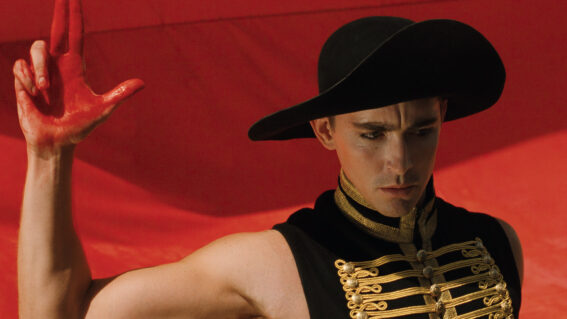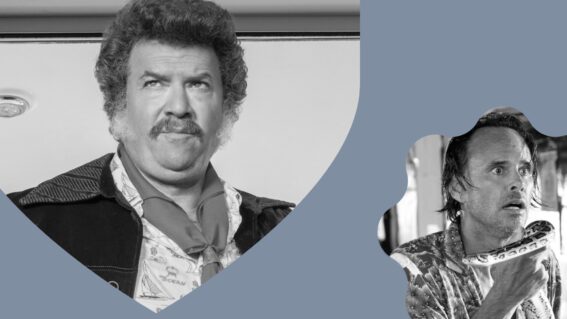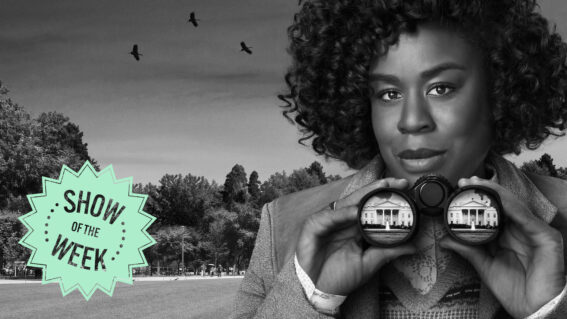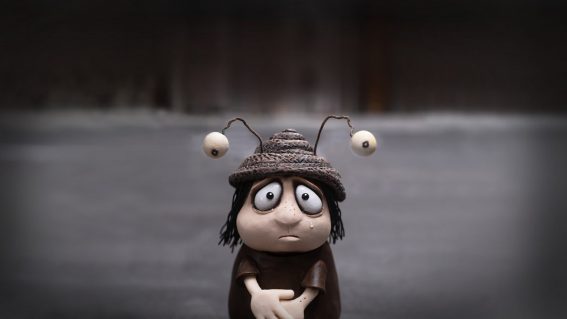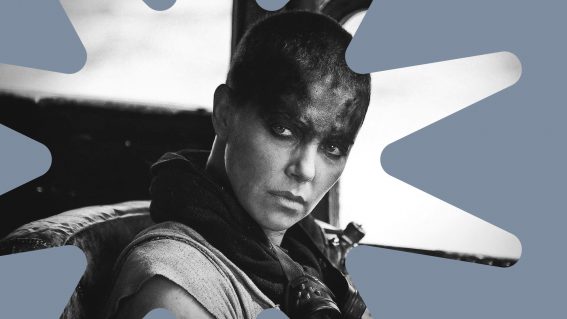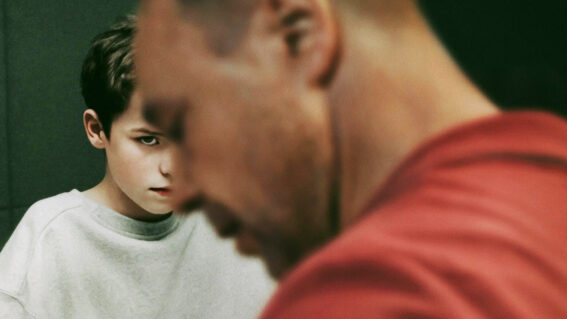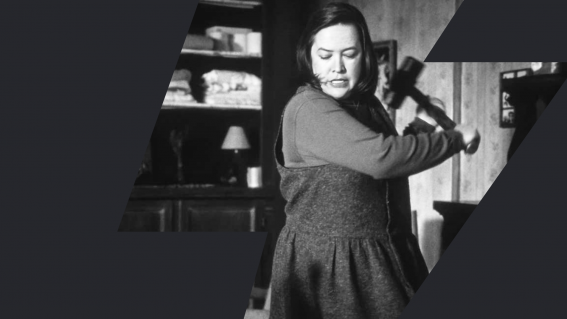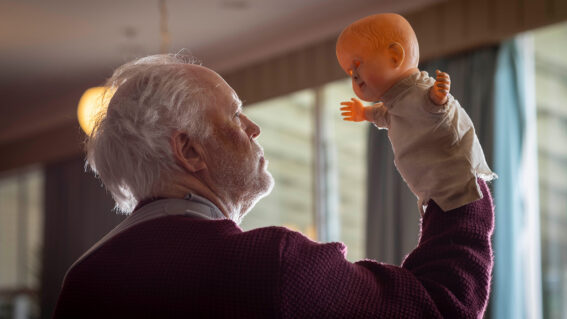Interview: ‘The Dressmaker’ producer Sue Maslin
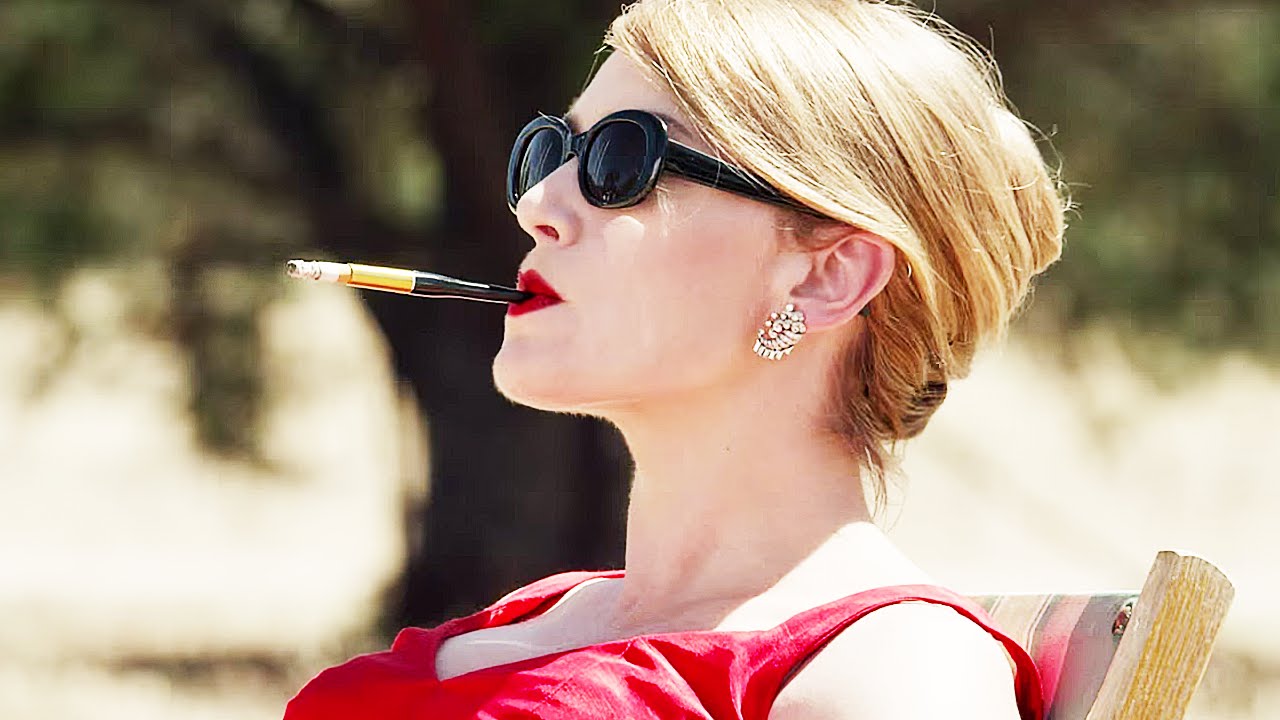
Kate Winslet stars in The Dressmaker, in cinemas October 29th, a big-screen adaptation of Australian author Rosalie Ham’s novel of the same name. Producer Sue Maslin had been looking to get this couture-infused revenge comedy in production for some time, and now audiences finally have the opportunity to see the results. I spoke with Sue soon after the world premiere of The Dressmaker at the Toronto International Film Festival about what drew her to the novel, and the process of bringing it to the big screen.
FLICKS: How’s it been to start seeing the film with audiences?
SUE MASLIN: Toronto was the first screening – it was the world premiere – so you can imagine how amazing it was to go into that, have the film screen and engage so well with audiences, and then get standing ovations in both public screenings.
Right at the outset, when I first read the book written by Rosalie Ham, I loved it and thought it was so unusual and so unlike any other story I’d come across because it just had a bit of everything: it had love, and revenge, and humour, and sadness, and so many different things going on. But above all, it was intensely visual, so it just lifted off the page, really. You could just feel this town, you could see those beautiful frocks in that very unlikely setting. As soon as I read the book, what I’d really, really hoped for was a movie experience that would just be really, really entertaining, that would take audiences on that ride where they could laugh, they could cry, they could be horrified, they could be excited. But just a big, fat movie experience – that’s what I imagined all those years ago.
Luckily, one of the vital elements to the film – fashion – is inherently visual.
Yeah. The costume and the fashion element is very much intrinsic to the storytelling. It’s not an add-on, it’s not pretty backing. What it is, it becomes the tool by which Tilly, played by Kate Winslet, not only transforms the women of that town, but uses it to her advantage to try and get to the bottom of and find out, really, the secrets of her past and unlock the tragedy that happened so many years ago. So in her hands, it becomes this gorgeous weapon, if you like. And that makes the playfulness of it, I suppose, with the fashion, so much more heightened because it’s just a very central part of the narrative, and it makes it a fabulous challenge for a costume designer.

Did you have someone in mind early on to do the costuming?
Well, we knew that we needed a costume designer that really loved vintage, that really understood the use of fabrics and the use of line and silhouette, in order to really tell the story. Because the whole look changes from beginning of the film to the end of the film. So before we even talked to costume designers,[director] Jocelyn Moorhouse actually started talking to a couture designer, a French designer – Sophie Theallet, who’s based in New York – just to get into the mind and the spirit and the working methodology of what it’s like to be a couture fashion designer. So, I think, armed with that kind of knowledge and then looking around at costume designers, our eye went very, very quickly to Marion Boyce because she had done all of the beautiful ’20s vintage designs on the very successful Australian television series Miss Fisher’s Murder Mysteries.
Marion clearly had an eye for this, and she was able bring incredible production values on a television budget, so it meant that we were probably working with somebody who really knew how to get the most onscreen. So we approached Marion and she loved it, of course, and just immersed herself in it. But the other thing that we did was that we brought on a separate designer specifically for Kate Winslet, so that Tilly had a very, very different look. And this is normal. Costume designers – actually, I should say fashion designers – often have their own unique look and style, and it’s often very different to the clothes that they design for their clients.
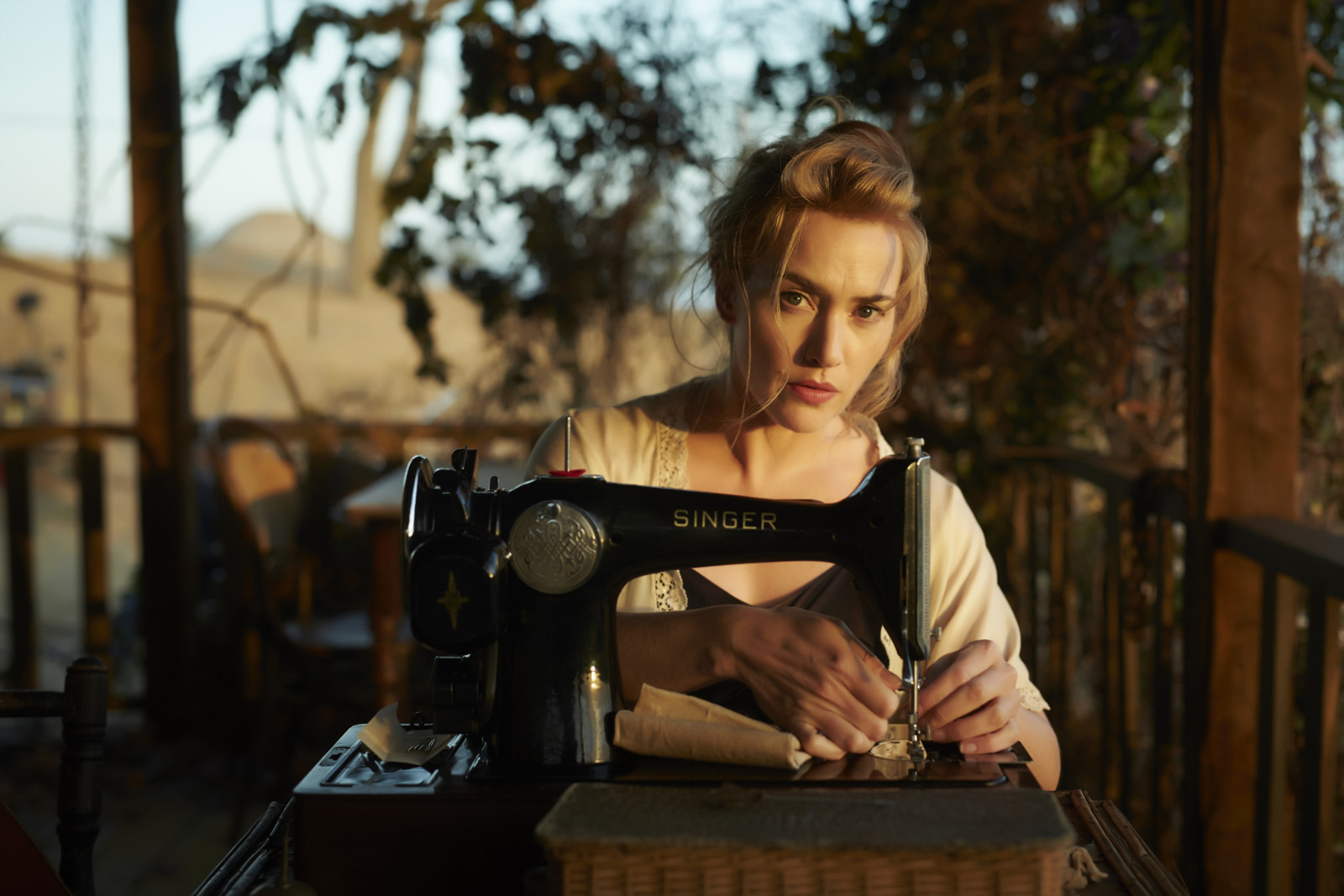
In Kate Winslet, you’ve got a lead actor who just ticks so many different boxes in this film: from her skills and performance to a figure which really brings to life the correct kind of costuming.
Exactly. You want those curves [chuckles]. Kate knows how to wear those clothes, and she does it with such elegance and style, and she’s got the curves in the right places, which you really need.
It sounds so less creepy when you say it [laughter]. I couldn’t get away with something like that.
[laughter] It’s okay. I think blokes can appreciate a good curve.
Okay. Cool.
And it’s quite all right for you to say it as well [chuckles].
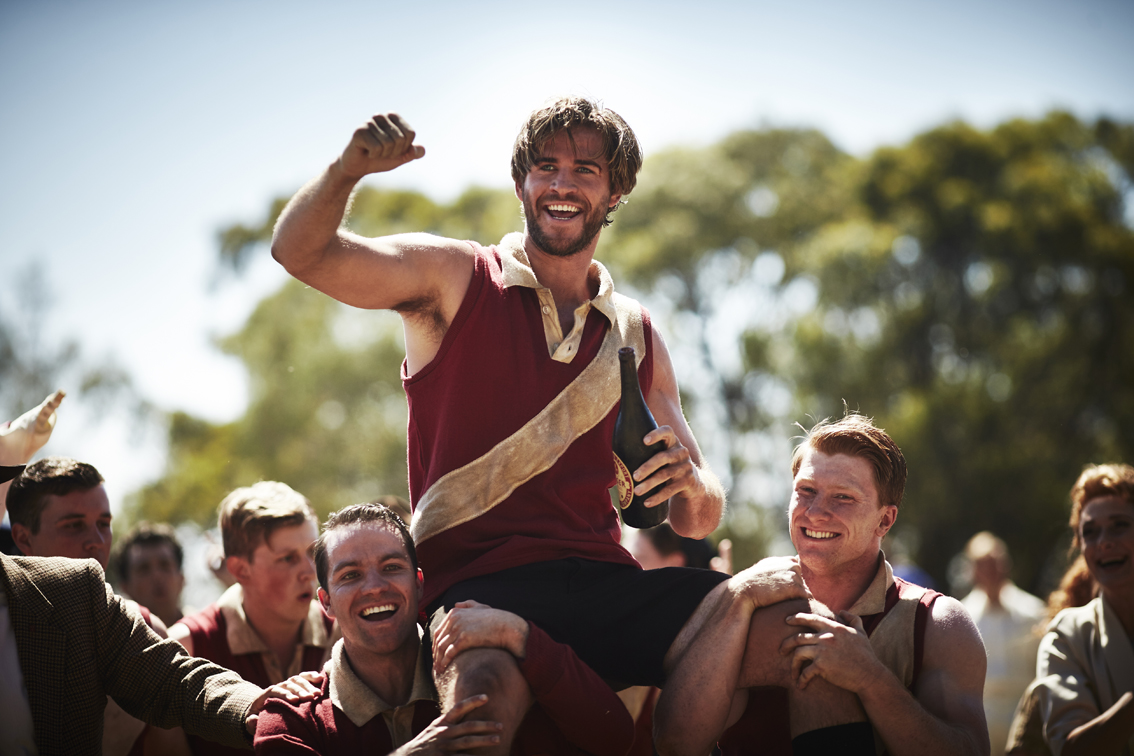
She makes an impression on many men throughout the film, most notably in a great game of footy, which must have been, I’m imagining, a very fun sequence to conceive of and to execute.
It was a very tricky one actually. The script ran for over four pages, specifically on every movement and action in that football game, because of course, it’s the first point that the townspeople see Tilly, and she uses the power of her dress and her style on everybody around her, and most notably, on the football game. So it needed to be a combination of so many things. You wanted the comedy, which is all in the choreography of how it’s directed and played out. We needed to have Teddy, played by Liam Hemsworth, actually able to play footy, and thank God he could, because Liam grew up in Victoria, so he grew up playing Aussie Rules. We didn’t have to do doubles, so that was a big help. And then you also needed to be able to see the key story elements around the power that Tilly has. So there was a lot going on in that action. I think Jocelyn has done an amazing job.
Have you considered offering Kate up to the Australian team in the Rugby World Cup?
Hey, that’s not a bad idea!
Now, so you spoke earlier about your experience reading the novel and it having a very immediate impact as something that would make a great film. When it came to finding the right director, did you have a vision of how it would look on the screen, or were you just very much very producer oriented and going, “In a director’s hands, this can become the right thing”?
No. The way I go about it is that I have a very clear picture of the kind of the film that I would like to see. Any film that I’m producing, but in this particular instance, it needed to be a film that could be funny, but in all that comedy at all times you would understand the pathos and the tragedy that sits underneath the comedy. So both things had to happen: it had to be tragic and it had to be comedic, and it’s a very difficult juggling act, and there are not many directors in my mind that can do that well. Jocelyn Moorhouse was first on my list because I saw her do it so brilliantly in her first feature film, which is Proof, which starred Hugo Weaving and Russell Crowe all those years ago. And Jocelyn just gets irony. I mean, the premise of Proof itself is deeply ironic: it’s about a blind photographer who doesn’t trust anybody. It’s just pure irony.
Jocelyn hadn’t directed a film for many, many years and she was living in Los Angeles. So I flew over there to talk to her about the film and the book, I should say. And gave her a copy of the book. But unfortunately, I came at the wrong time; she wasn’t ready to come back to Australia at that point. And I came back home and I thought about other directors, but in the end, I just kept going back to the fact that I just loved her sensibility; I wanted her. So I went back a year later and she was so excited because she hadn’t stopped thinking about the book and just said, “I’m so just so grateful you didn’t give it to anybody else. Yes, I’m ready now. Let’s do it.”
That must have been very encouraging.
Yeah. Absolutely. And then we started working on the script, and that was probably back in about 2009. And it was a couple years in developing the script, getting it to the point that we were both really happy with it, and then sending it off to Kate Winslet. And that was really the big turning point – when Kate said “yes”.
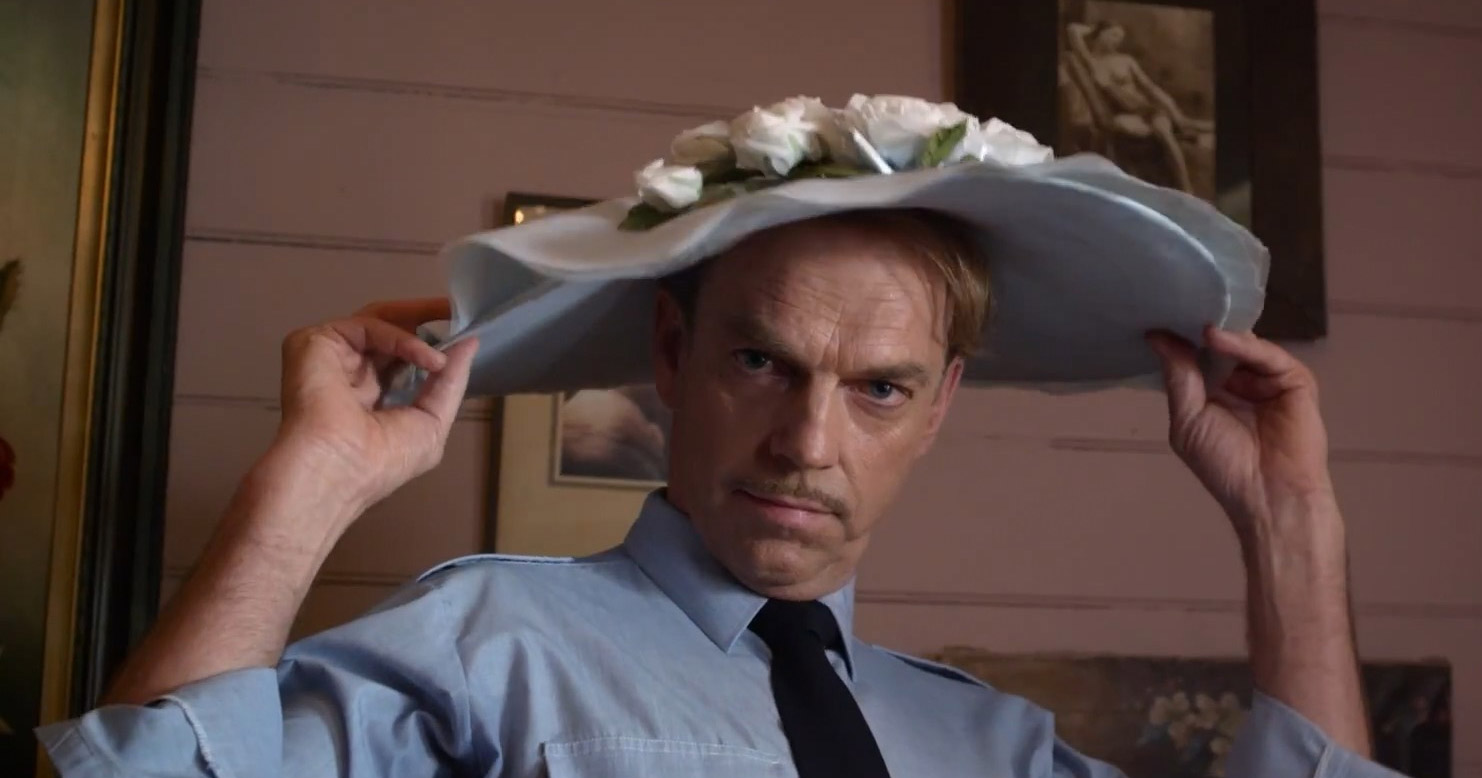
You also got to reunite Jocelyn with Hugo Weaving.
Hugo initially didn’t necessarily want to play another cross-dresser. He did all of that in Priscilla years ago. But when he read the script and saw just what a pivotal figure Sergeant Farrat is in the story and what a lovable character he is, then he came on board very happily, and it was just great to see Jocelyn and Hugo working together again.
He has a very memorable scene where it becomes clear that his love for fabrics is… more than just an aesthetic love, shall we say?
Hugo is very good at handling fabric and knowing how to wearing the clothes and he just does it effortlessly. It’s not awkward; it’s not self-conscious; he just does it so beautifully. And, yes, it’s a lot of fun, that scene.
‘The Dressmaker’ movie times and more info

